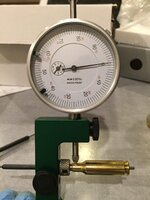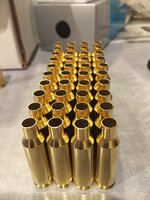Neck turning your Lapua brass for your factory Winchester rifle would be like hiring Kapernick to teach Brady how to be a better quarterback.
I venture to guess that neck turning your brass will most likely degrade the accuracy you are currently getting with factory ammo. Learn to recognize a good thing when you've got it, spend the money on more of that factory stuff.
I venture to guess that neck turning your brass will most likely degrade the accuracy you are currently getting with factory ammo. Learn to recognize a good thing when you've got it, spend the money on more of that factory stuff.














